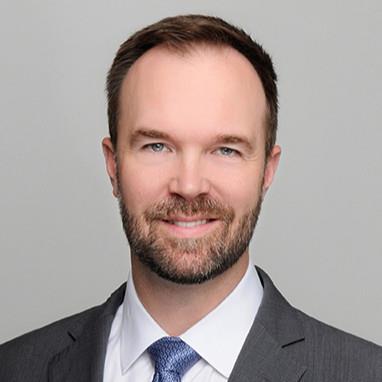US reinsurance broker’s head of North American property says reinsurers are showing creativity as the property market softens, with growing use of multi-year deals
The US property reinsurance market has moved decisively into a softer phase, according to Adam Schwebach, head of property, North America, at Gallagher Re.

Schwebach (pictured) spoke with GR as reinsurers, brokers and cedents descended on American Property Casualty Insurance Association (APCIA) annual meeting in Orlando.
He said property reinsurance pricing had eased across regions, though in some areas where capacity had been tight at past renewals, a more stable picture was emerging.
“We’re seeing reinsurers returning across the board,” Schwebach said. “There’s no kind of risk that’s off the table in most reinsurers’ minds. That leads to more softening, but also stabilisation and improvement in conditions.”
After a period of constraint, capacity has returned in abundance, he emphasised.
“At mid-year we saw the ability to sign down basically every client’s programme,” he said. “There was abundant capacity at the pricing that was put into the market. That wasn’t the case one or two years ago.”
Reinsurers are also becoming more proactive, he added, with new approaches to structuring coverage and engaging earlier in renewal discussions.
“They’re looking to engage with their key clients and provide features or structures that are more strategically focused,” Schwebach said.
“Maybe it’s providing additional contents or frequency cover or carving out geographies – down to counties level – where they want to take on more exposure. Those proactive conversations are exciting because they change how we think about reinsurance,” he added.
He said this activity was helping to bring order and efficiency to the 1 January renewals.
“There’s some price discovery and early engagement that could help speed up the process,” he said. “There may be bits finished at the end, but it won’t be the majority of placements.”
Schwebach also expects reinsurers to continue exploring multi-year placements and client demand for earnings protection products.
“The certainty that a multi-year placement provides is very attractive,” he said. “Reinsurers are also willing to re-engage on frequency or aggregate covers. It’s a more bespoke approach, but there’s definite appetite.”
Innovation is a key feature of the current phase, he stressed, something brokers are seeing more in negotiations at APCIA ahead of 1 January treaty reinsurance renewals.
“If pricing continues to soften, reinsurers are looking for ways to differentiate themselves. They’re bringing strategic solutions to clients that allow both sides to grow,” he said.
He pointed to the growing overlap between traditional and insurance linked securities (ILS), or so-called alternative capital.
“We need to stop calling it alternative. It’s a complementary form of capital that’s here to stay,” he said.
ILS investors, he added, are also leading innovation through multi-year catastrophe bonds and even cascade structures, where protection can drop down to fill eroded layers.
“They’re providing creative solutions, too. Both traditional and ILS markets have a seat at the table,” he added.










No comments yet